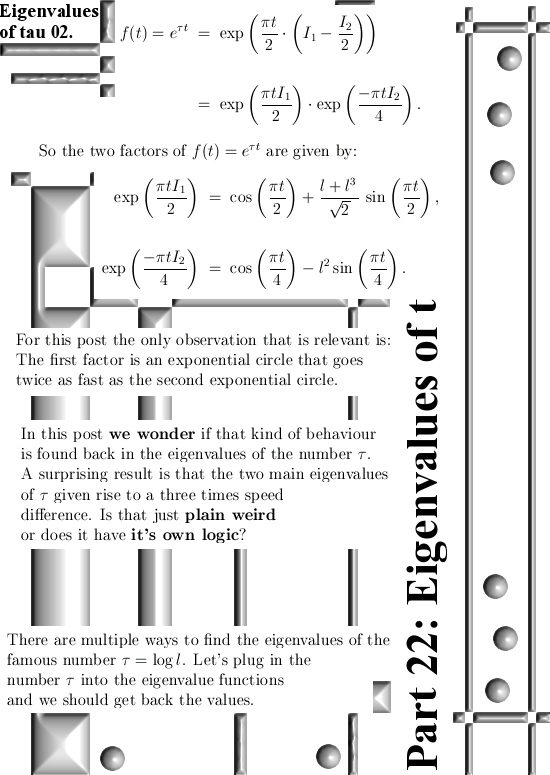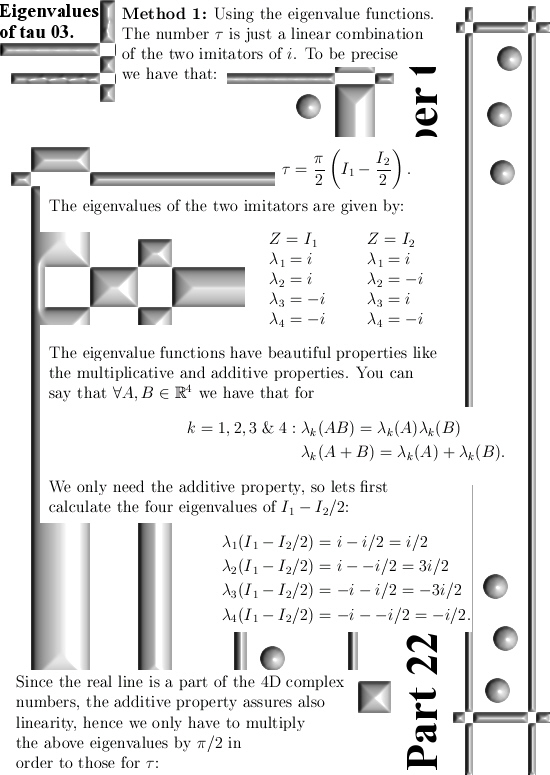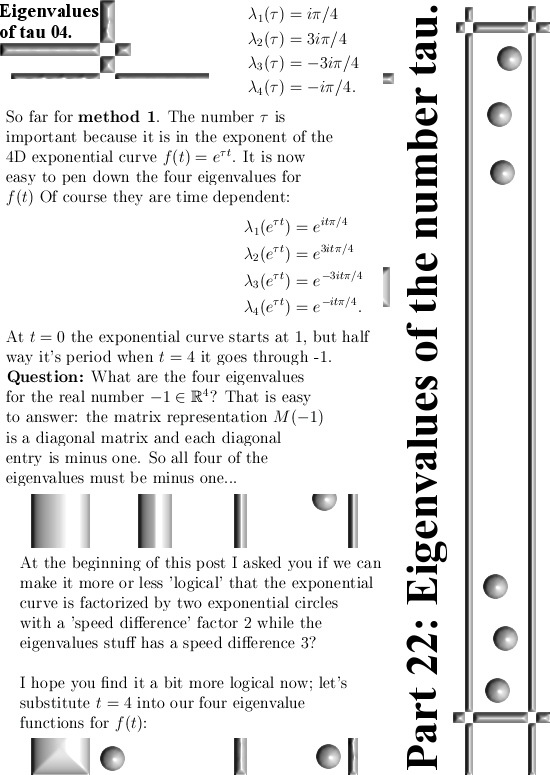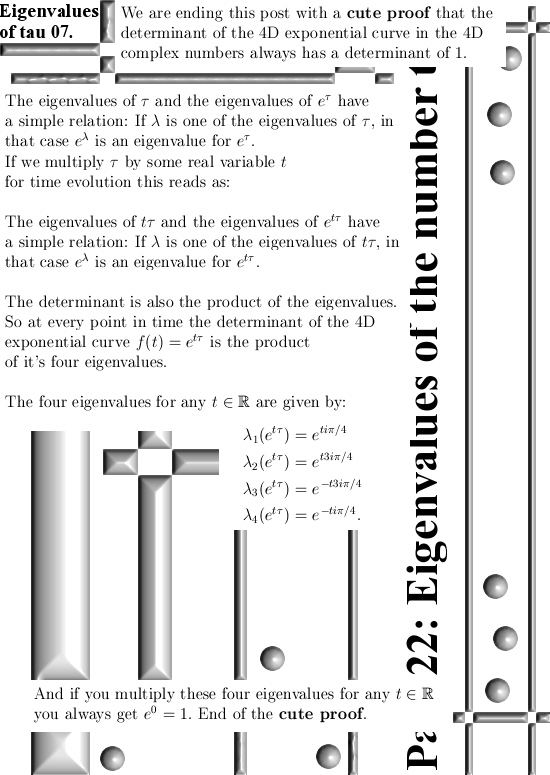This post took me a long time to write, not that it was so very difficult or so but lately I am learning that graphics program named GIMP. And that absorbs a lot of time and because I am only sitting behind my computer a few hours a day, doing GIMP goes at the expense of writing math…
I always make my pictures with an old graphics program named Picture Publisher 10. It is so old that on most windows 7 and windows 10 it does not run but it has all kinds of features that even the modern expensive graphics programs simply still don’t have. Silently I was hoping that I could use GIMP for my math texts and yes that could be done but in that case I have to use old background pictures forever. Or I have to craft a ‘new style’ for making the background in the math pictures that can last at least one decade.
But let’s not nag at what GIMP cannot do, if you install just one large addon you have about 500 filters extra and my old program PP10 comes from an era when the word ‘addon’ was not a word used ever. Before we jump to the math, let me show you a nice picture you can make with the tiling filter inside GIMP. It is about my total bicycle distance since I bought this bicycle computer, it says 77 thousand km so the Tour the France racers can suck a tip on that:


Ok, let us look at the math of this post. This is part 22 in the introduction to the 4D complex numbers. The 4D complex numbers have three imaginary units, l, l^2 and l^3. And the stuff that makes it ‘complex’ is the fact that l^4 = -1, you can compare that to the complex plane where the square of the imaginary unit equals -1.
On the complex plane, if you know what the logarithm of i is, you can use that to find the exponential circle also known as the complex exponential. This is what the number tau always is in all kinds of spaces: It is always the logarithm of the first imaginary unit that has a determinant of +1. In this post we will calculate the eigenvalues of this important number tau. That will be done with two methods. In the first method we simply use the eigenvalue functions, plug in the number tau and voila: out come the four eigenvalues. In the second method we first calculate the four eigenvalues of the imaginary unit l and ‘simply’ take the logarithm of those four eigenvalues.
It is not much of a secret that my style of work is rather sloppy, I never order my work in theorems, lemma’s or corrolaries. It is not only that such an approach if too much a straight jacket for me, it also frees me from a lot of planning. I simply take some subject, like in this case the eigenvalues of the number tau and start working on explaining that. While writing that out there always comes more stuff around that I could include yes or no. In this post what came around was that only after writing down the four eigenvalues I realized that you can use them to prove that the exponential curve (the 4D complex exponential) has a determinant of 1 for all points on that curve. That was an important result or an important idea so I included it because that makes proving that the determinant is 1 much more easy.
Now a few posts back with that video from that German physics guy Alexander Unzicker I said that he (and of course all other physics professionals) could always use the 4D complex exponential curve for the ‘phase shifts’ that those physics people always do. But for doing such 4D ‘phase shifts’ or unitary transformations in general, you need of course some kind of proof that determinant values are always +1. Well Alexander, likely you will never read this post but below you can find that very proof.
The previous post was from the end of August and now I think about it: Have I done so little math during the last four weeks? Yes there were no results simply left out, it was only penning down these eigenvalues of tau and the idea you can use these eigenvalues for proving the 4D exponential curve always has a determinant of 1. It is amazing that GIMP can hinder the creation of fresh math… 😉
The math pictures are seven in number, all in the usual size of 550×775 pixels. I hope you like it and see you in the next post.







So these are the four eigenvalues of the number tau and based on that the four eigenvalues of the 4D complex exponential for a values of time.
That’s it for this post. See you in a future post.
Added on 27 Sept 2020: This proceeds the two pictures made with GIMP that started this post. I just made the whole stuff on a cube (actually it is a beam because the starting picture is not a square). It is amazing how good such filters in GIMP are:

Ok, you are now at the real ending of this post.